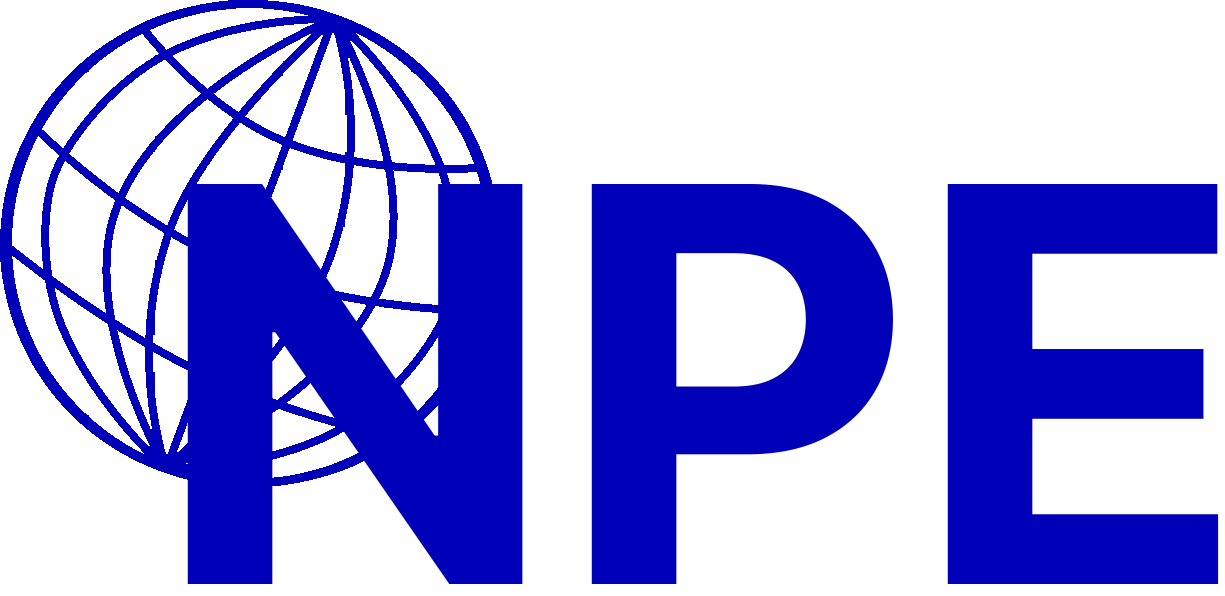<- Facility Automation Solutions
4.1 General Information
When a person’s functional capacity is impaired, they require support from others to manage daily tasks. However, most people with disabilities wish to live in their own homes or in places that offer independent living as long as possible.
This means it is beneficial to arrange various types of support for people with disabilities living at home or in similar environments. Modern technology provides excellent and continuously improving solutions to support this need.
4.2 Support Services for People Needing Care and Living at Home
4.2.1 Fall Monitoring and Assistance
Cameras can be used to monitor the lives and movements of people needing care in three ways:
- The person is not recognized (the individual appears as a stick figure to the observer), preserving her/his privacy.
- The person’s features are not recognized (the individual appears as a stick figure to the observer), but her/his name is visible. In this case, events can be recorded to a local memory card, allowing for later review where the person appears as she/he truly is.
- The person is recognized (the individual is visible as her/himself), compromising her/his privacy.
In all three cases, individuals who have been authorized by the person needing care will receive an alert on their phone in the event of a fall.
The caregiver can establish a voice connection through the system to assess the situation with the fallen person.
If the person is unable to respond or reports being injured, the caregiver can immediately take necessary actions to arrange assistance on-site.
4.2.2 Monitoring Other Abnormal Situations
- If the person being monitored stays in one location for too long, an alert will be sent to the caregiver’s phone, allowing them to respond remotely.
- If the person enters a restricted area, an alert will be triggered.
- If the person stays away from the area where they should normally be, an alert will be sent to the caregiver’s phone and/or the automation system.
4.2.3 Normal Communication with People Needing Care
It is possible to arrange so that the person needing care can easily contact caregivers, and/or caregivers can contact the person needing care via a camera.
If the person is unable to speak, she/he can always wave her/his hand toward the camera, which will trigger an alert on the caregiver’s phone. If desired, the individuals whom the care needing person can contact can be defined, as well as those who can contact the person needing care.
4.3 Support Services for People Needing Care and Living in Assisted Living Apartments
The same possibilities for utilizing modern technology, as presented in ”Support Services for People Needing Care Living at Home,” also apply to individuals living in this type of environment.
In this case, the responsibility for acquiring the technology falls on the community providing assisted living services, which can also enhance their own operations.
Example
Tomi’s Life Became Safer and More Independent
Tomi needed support in his daily life, but he wanted to maintain his independence and live in his own home. With our care technology package, both Tomi and his loved ones felt secure, and communication with each other became easier.
The system detected falls and abnormal situations, sending immediate alerts to his caregivers, who could contact Tomi directly to ensure his well-being. Alerts were also sent if Tomi stayed too long in one place or entered a restricted area, further enhancing his safety.
Additionally, Tomi could easily contact caregivers with a simple wave of his hand, ensuring that help was always available when needed.
When Tomi later moved into a care facility, his family or caregivers were still able to monitor his activities. The system continued to detect falls and abnormalities, sending real-time alerts and enabling communication to ensure his well-being.
This smart solution provided Tomi with the support he needed and gave his loved ones peace of mind throughout every stage of life.
